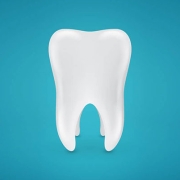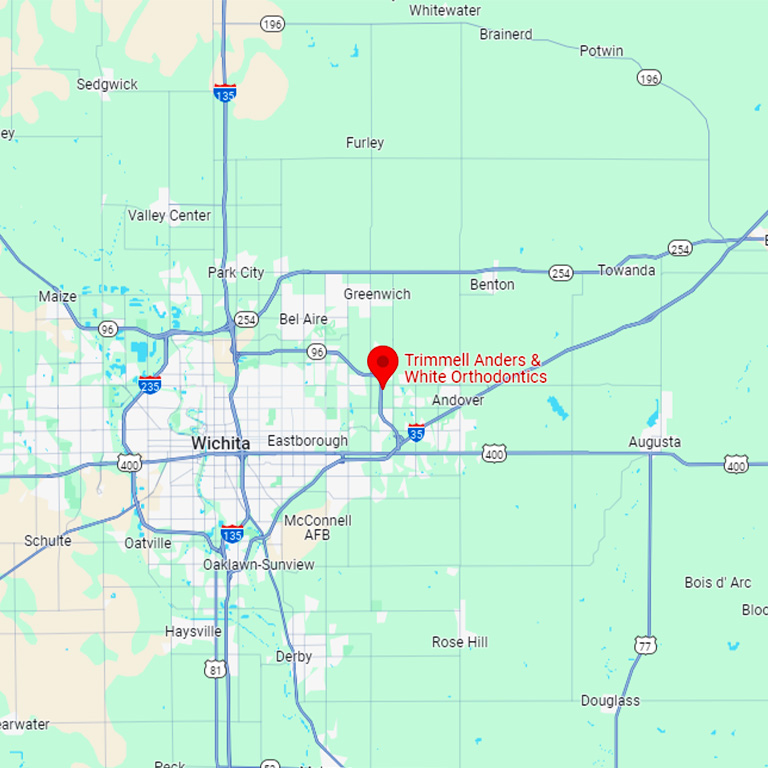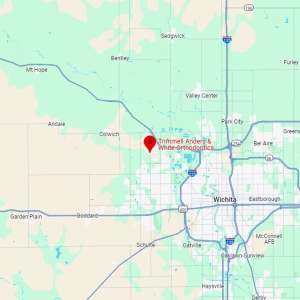Why do Teeth Shift in Later Years?
Have you noticed that your teeth seem to have shifted position since you were younger? Maybe there are gaps where there weren’t any, or you find that your bite isn’t the same as it used to be. Even if you had orthodontic treatment in Wichita, KS when you were a child, you may not have the same perfect alignment now as an older adult. The thing is that sometimes teeth do shift in later years, and there are a few different reasons why this may be happening to you.
Loss of Jawbone Density
One common reason for shifting teeth is the gradual loss of jawbone density. There are several potential causes for bone loss in the jaw. One is as a side effect of taking certain prescription medications, which can cause bone density changes all over the body, including the jaw. Another is the presence of periodontal disease, a disease of the gums. Yet another possible cause of loss of jawbone density is just wear and tear and general aging conditions.
Receding Gums
Gum recession is another common factor. As gums recede, teeth lose some of their foundational support, increasing the likelihood of movement. For those who have lost teeth and not replaced them with dental implants or bridges, neighboring teeth may drift into the empty spaces, causing noticeable shifts in alignment.
Certain Habits and Lifestyle Practices
Lifestyle habits also play a role. Grinding or clenching teeth, a condition known as bruxism, can exert excessive pressure, leading to movement over time. Similarly, a history of not wearing retainers as instructed can result in teeth gradually returning to their original positions.
To address these changes, consider visiting with an orthodontist in Wichita, KS. You may feel that the changes you’re seeing are fairly innocuous, but in fact, they may be serious issues that can get more serious left untreated. Contact us to learn more.







